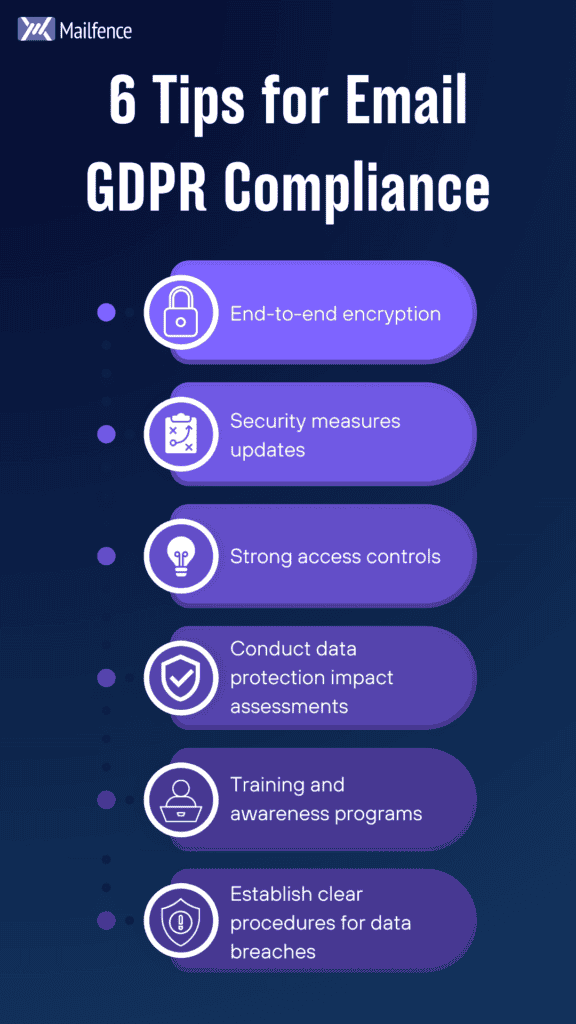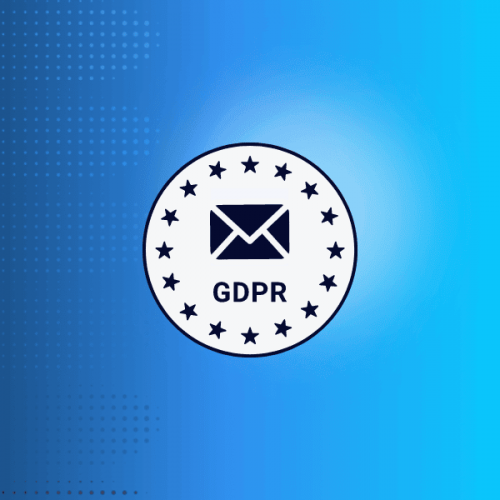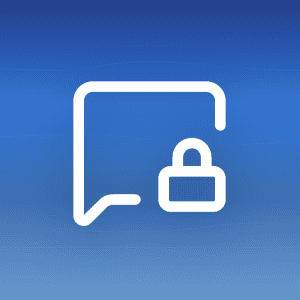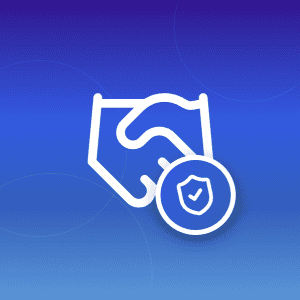Introduced in 2018, GDPR compliance is still something many companies battle with. More specifically, the handling of emails plays a vital role in digital privacy and security.
GDPR significantly impacts the handling and sharing of personal information through email. It also makes email security a legal responsibility under the regulation.
Failure to comply with GDPR can result in severe consequences for your business, so it is essential to enhance your email practices. In this guide, we will cover 6 tips from GDPR compliance experts at Captain Compliance, including:
- E2E encryption.
- DPIAs.
- and more.
By following these tips, you will maintain the highest level of email security while also complying with GDPR guidelines. Let’s explore.
Why is GDPR Compliance Important for Email Security?
Several GDPR Articles are particularly relevant for email security.
For instance, the GDPR principle of integrity and confidentiality (GDPR Article 5) is especially important in this case, as it states that data must be:
“Processed in a manner that ensures appropriate security of the personal data, including protection against unauthorized or unlawful processing and against accidental loss, destruction or damage, using appropriate technical or organizational measures.”

At its core, GDPR emphasizes consent, data protection, and the rights of individuals. Consent must be explicit, informed, and freely given, giving individuals an active role in managing their consent, especially in email communications.
Data protection is another critical aspect, requiring that personal data in emails are handled with the utmost security. This includes safeguarding against unauthorized access and ensuring data is used for its intended purpose. Moreover, individuals have enhanced rights under GDPR, such as the right to access their data, request corrections, or even have their data erased.
Email communication is not only widely used but also has inherent vulnerabilities. This presents a significant risk area for GDPR non-compliance.
In particular, phishing attacks, accidental data breaches, and inadequate data security measures in email systems can lead to unauthorized data exposure. Also, improperly managed email lists or failure to obtain appropriate consent for communication can lead to GDPR violations and severe penalties for the organization.
Therefore, understanding and implementing GDPR principles in email practices is not just legally required but is also a crucial step in protecting the privacy and rights of individuals.
Email Security Best Practices in GDPR Compliance
Use End-to-End Encryption
Implement end-to-end encryption for email communications to ensure content is readable only by the intended recipient. This practice is crucial in safeguarding sensitive personal data against unauthorized access and interception during transit.
Regularly Update Security Measures
Keep email systems updated with the latest security patches and protocols. Regular updates help protect against vulnerabilities and cyber threats, ensuring compliance with GDPR’s requirement for maintaining the integrity and confidentiality of data.
Implement Strong Access Controls for GDRP Compliance
Set up robust authentication methods for email access, such as two-factor authentication (2FA). This reduces the risk of unauthorized access to personal data contained in emails, aligning with GDPR’s emphasis on data security.

Conduct Data Protection Impact Assessments (DPIAs)
Regularly perform DPIAs for email-related processes, especially when introducing new technologies or practices. This helps identify and mitigate risks in handling personal data, a key aspect of GDPR compliance.
Train Employees on GDPR and Email Security
Educate employees about GDPR requirements and secure email practices. Awareness and training reduce the risk of human error, which is a common cause of data breaches.
Looking for a place to start? Check out our full email security and privacy awareness course here.
Establish Clear Procedures for Data Breaches
Develop and maintain a response plan for potential email data breaches. Prompt action and compliance with GDPR’s breach notification requirements are essential in the event of unauthorized data exposure.
Conclusion
Email remains a fundamental tool in our digital world, and adhering to GDPR standards is not only a regulatory necessity but a cornerstone of digital trust and security.
However, GDPR compliance is an ongoing journey, not a one-time task. It requires continuous vigilance, updates, and education.
Looking for an email provider that is fully GDPR-compliant? Then create your own free Mailfence account today.




